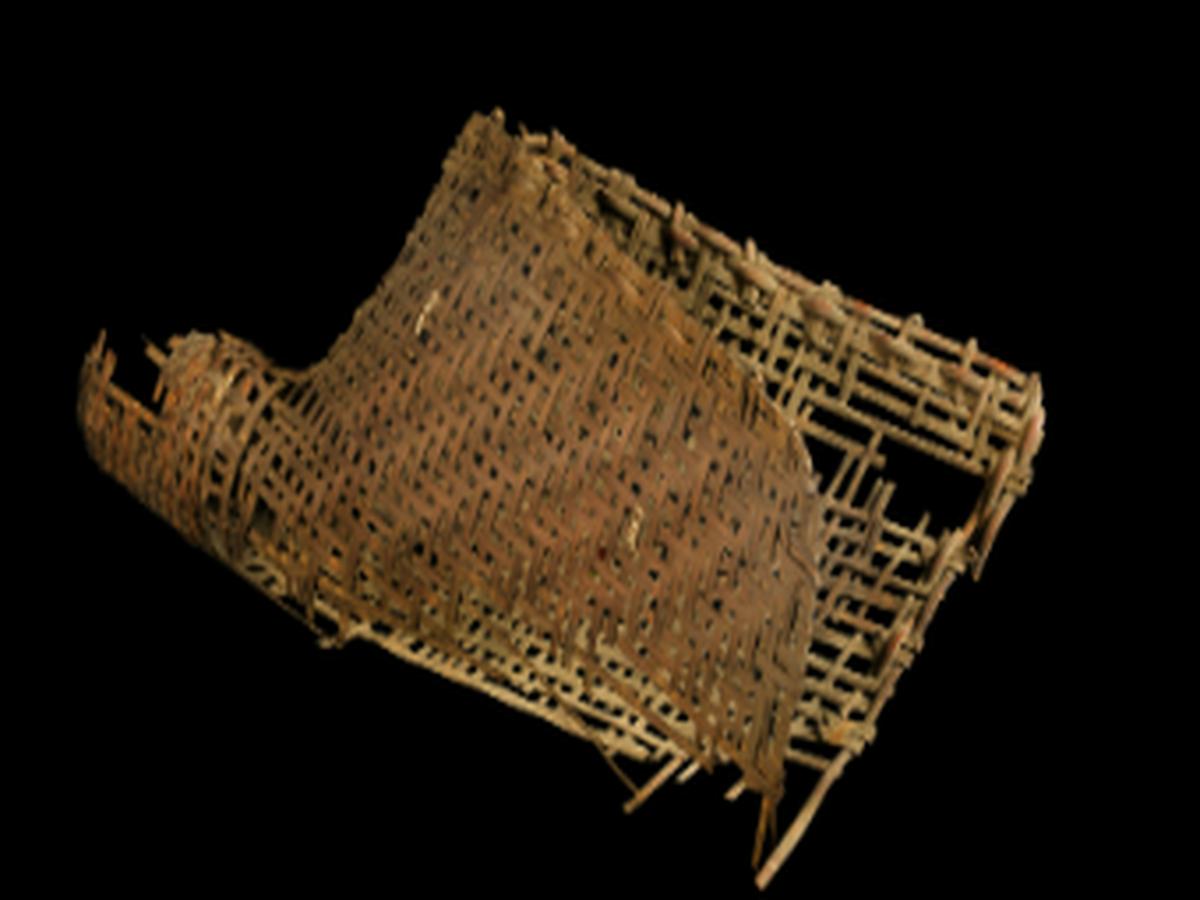State
Tribe Name
Art Type
short description
The Jakoi, a bamboo fish trap made by the Naga tribe of India, is one of thousands of fishing implements used in Northeast India by several indigenous communities. Jakoi is indicative of creative artistry, ecological understanding of rivers, and sustainable fishing. The Jakoi is made of finely split bamboo strips with very careful weaving into the dying conical shape. One end of the trap is wider for easy passage of fish and the narrow end has a small still cylindrical projection, acting as an escape route, very difficult for fish once inside. This design, thus ensures good capture without disturbing the environment in any way.
Thumbnail

Filter Postion
Left
Filter Background
Off
Theme
Filter Header Image

content
Image

description
The Jakoi, a bamboo fish trap made by the Naga tribe of India, is one of thousands of fishing implements used in Northeast India by several indigenous communities. Jakoi is indicative of creative artistry, ecological understanding of rivers, and sustainable fishing. The Jakoi is made of finely split bamboo strips with very careful weaving into the dying conical shape. One end of the trap is wider for easy passage of fish and the narrow end has a small still cylindrical projection, acting as an escape route, very difficult for fish once inside. This design, thus ensures good capture without disturbing the environment in any way.
Jacob is mainly used in shallow rivers, small streams, and rice fields, positioned with the trap facing downstream or baited wherever fishes are likely to swim in. Under proper baiting systems, it is often used in group fishing, especially during the seasons of fish migration. Fully made of natural materials, this type of fishing gear is biodegradable and represents a sustainable lifestyle of the Naga tribe in harmony with the environment. This traditional fishing gear has been handed down through the generations, therefore more than a tool; it, is a cultural artifact, tying the community to its ancestral knowledge and symbiotic living.
Jacob is mainly used in shallow rivers, small streams, and rice fields, positioned with the trap facing downstream or baited wherever fishes are likely to swim in. Under proper baiting systems, it is often used in group fishing, especially during the seasons of fish migration. Fully made of natural materials, this type of fishing gear is biodegradable and represents a sustainable lifestyle of the Naga tribe in harmony with the environment. This traditional fishing gear has been handed down through the generations, therefore more than a tool; it, is a cultural artifact, tying the community to its ancestral knowledge and symbiotic living.
Image Mode
landscape
promoted
On
Verified
Off
